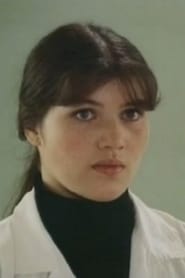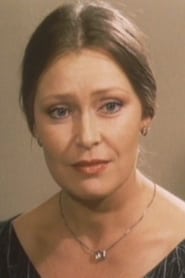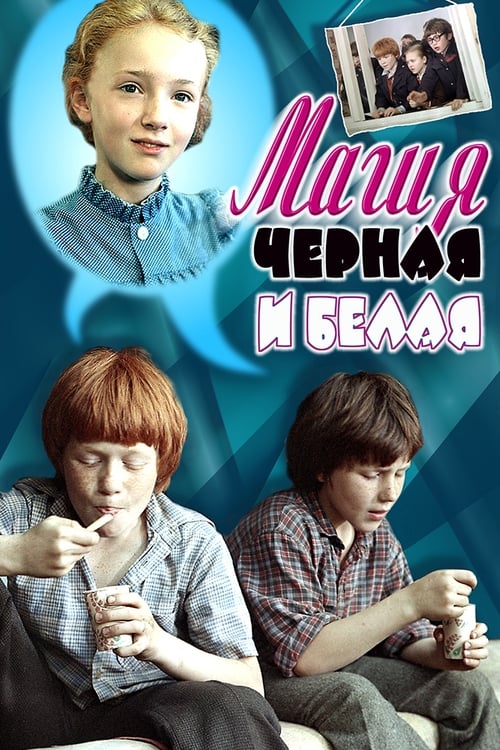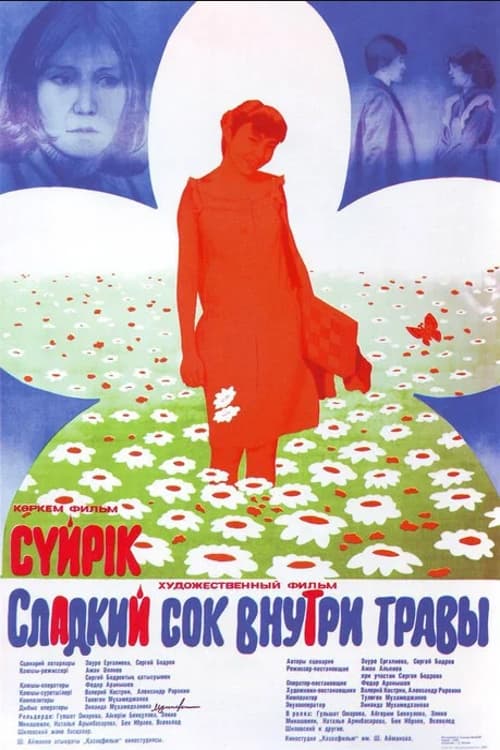
Ask Your Own Question
What is the plot?
More Movies Like This
Browse All Movies →What is the ending?
In the ending of "What Senka Said," the main character, Senka, confronts her past and the choices she has made. She finds a sense of closure and acceptance, leading to a poignant resolution with her family. The film concludes with a sense of hope and the possibility of new beginnings.
As the final scenes unfold, we see Senka standing in her childhood home, the walls adorned with memories that echo her past. The atmosphere is heavy with nostalgia, and the camera lingers on her face, capturing the mix of emotions swirling within her--regret, longing, and a flicker of hope.
In the next scene, Senka engages in a heartfelt conversation with her mother, who has been a constant figure in her life. The dialogue is charged with unspoken words and unresolved feelings. Senka's mother expresses her disappointment and concern, but there is also an underlying current of love and understanding. Senka, in turn, reveals her struggles and the weight of her decisions, her voice trembling with vulnerability. This moment is pivotal, as it marks a turning point in their relationship, allowing for healing and reconciliation.
As the sun sets outside, casting a warm glow through the window, Senka steps outside, taking a deep breath of the cool evening air. She walks through the familiar streets of her neighborhood, each step resonating with the memories of her youth. The camera captures her reflection in the shop windows, a visual metaphor for her journey of self-discovery.
In the final moments, Senka meets with her childhood friends, who have gathered for a small reunion. Laughter and shared stories fill the air, and for the first time, Senka feels a sense of belonging and acceptance. The camera pans out, showing the group together, united in their shared experiences.
The film closes with Senka looking up at the stars, a symbol of hope and new beginnings. The screen fades to black, leaving the audience with a sense of resolution and the understanding that while the past cannot be changed, the future holds endless possibilities. Each character, including Senka, her mother, and her friends, finds a semblance of peace, suggesting that healing and connection are possible even after hardship.
Is there a post-credit scene?
The movie "What Senka Said," produced in 1984, does not feature a post-credit scene. The film concludes its narrative without any additional scenes or content after the credits roll. The story wraps up in a way that leaves the audience with a sense of closure regarding the characters and their journeys, focusing on the emotional and thematic resolutions established throughout the film.
What is Senka's relationship with her family like throughout the film?
Senka's relationship with her family is complex and fraught with tension. She often feels misunderstood by her parents, who have traditional expectations of her. This leads to emotional conflicts, particularly with her mother, who struggles to accept Senka's desire for independence and self-expression. The film portrays several poignant scenes where Senka's longing for acceptance clashes with her family's rigid values, highlighting her internal struggle.
How does Senka's character evolve from the beginning to the end of the film?
At the beginning of the film, Senka is portrayed as a rebellious teenager, grappling with her identity and the expectations placed upon her. As the story progresses, she experiences significant personal growth, learning to assert her individuality while navigating familial pressures. By the end, Senka emerges more self-assured, having reconciled some of her differences with her family, though the journey is marked by emotional turmoil and moments of self-doubt.
What role does Senka's friendship with her peers play in the story?
Senka's friendships with her peers serve as a crucial support system throughout the film. These relationships provide her with a sense of belonging and understanding that she often lacks at home. The film showcases various scenes where her friends encourage her to embrace her true self, offering both comic relief and emotional depth. However, these friendships are also tested as Senka navigates her personal challenges, reflecting the complexities of adolescent relationships.
What specific events lead to the climax of Senka's internal conflict?
The climax of Senka's internal conflict is precipitated by a series of events, including a confrontation with her parents about her future and a pivotal moment with her friends that forces her to choose between conformity and authenticity. A particularly intense scene occurs when Senka is faced with a decision that could either align her with her family's expectations or allow her to pursue her own dreams. This moment encapsulates her struggle and sets the stage for her ultimate resolution.
How does the setting influence Senka's experiences and choices in the film?
The setting of the film, a small town with conservative values, significantly influences Senka's experiences and choices. The restrictive environment amplifies her feelings of isolation and rebellion, as she yearns for freedom and self-expression. Key locations, such as her home, school, and local hangouts, serve as backdrops for her struggles and triumphs. The contrast between the town's expectations and Senka's aspirations creates a palpable tension that drives the narrative forward.
Is this family friendly?
"What Senka Said," produced in 1984, is a poignant drama that explores complex themes of family, loss, and the struggles of everyday life. While the film is rich in emotional depth and character development, it does contain some elements that may be considered objectionable or upsetting for children or sensitive viewers.
-
Themes of Loss and Grief: The film delves into the emotional turmoil surrounding the loss of a loved one, which may be difficult for younger audiences to process.
-
Family Conflict: There are scenes depicting tension and conflict within the family, showcasing arguments and emotional distress that could be unsettling.
-
Socioeconomic Struggles: The characters face financial hardships and societal pressures, which may present a harsh reality that could be distressing for some viewers.
-
Emotional Vulnerability: Characters experience moments of deep sadness and vulnerability, which may evoke strong emotional reactions.
-
Mature Conversations: The dialogue includes discussions about adult themes and relationships that may not be suitable for younger audiences.
Overall, while the film offers valuable life lessons and emotional insights, its exploration of heavy themes may not be appropriate for all children or sensitive viewers.

























